Here are fascinating facts about India Gate, the iconic monument located in New Delhi, India. These facts cover its history, architecture, symbolism, and relevance:
India Gate stands tall as one of the most iconic and revered landmarks in India. Located in the heart of New Delhi, this monumental arch is not only a stunning example of architectural brilliance but also a poignant symbol of sacrifice and patriotism. Built as a war memorial to honor the soldiers who laid down their lives during World War I and the Third Anglo-Afghan War, India Gate has become a place of national pride and collective remembrance.
Historical Background
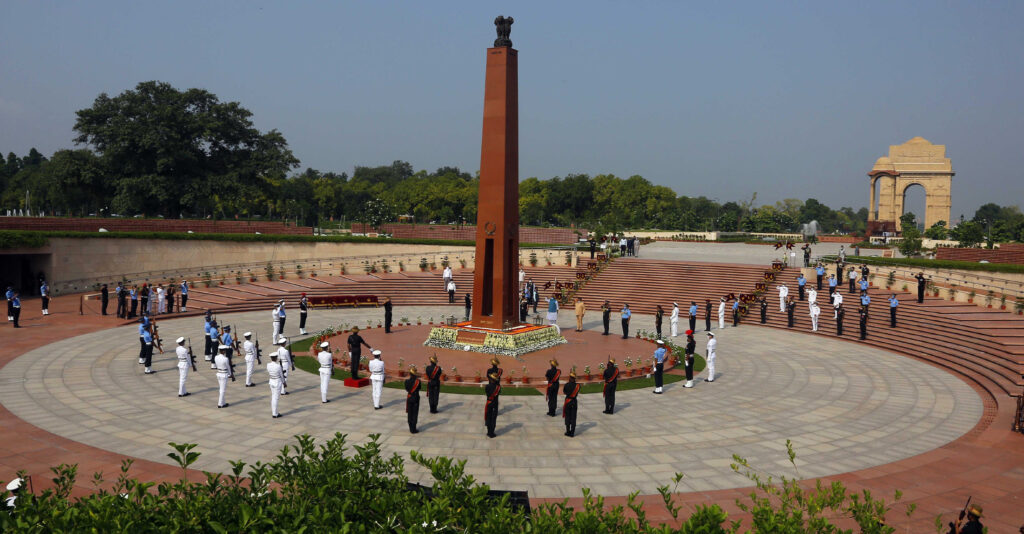
India Gate was originally called the All India War Memorial. It was built to commemorate the 70,000 Indian soldiers who died fighting for the British Army during World War I, and specifically the 13,300 names inscribed on its surface represent those who fell in France, Flanders, Mesopotamia, Persia, East Africa, Gallipoli, and elsewhere in the Near and the Far East. It also honors those who lost their lives in the Third Anglo-Afghan War in 1919.
The foundation stone of India Gate was laid on 10 February 1921 by the Duke of Connaught, a member of the British royal family. The monument was designed by the famous British architect Sir Edwin Lutyens, who was also the chief architect behind the design of New Delhi. The construction was completed in 1931, and the memorial was inaugurated by Viceroy Lord Irwin.
Architectural Design
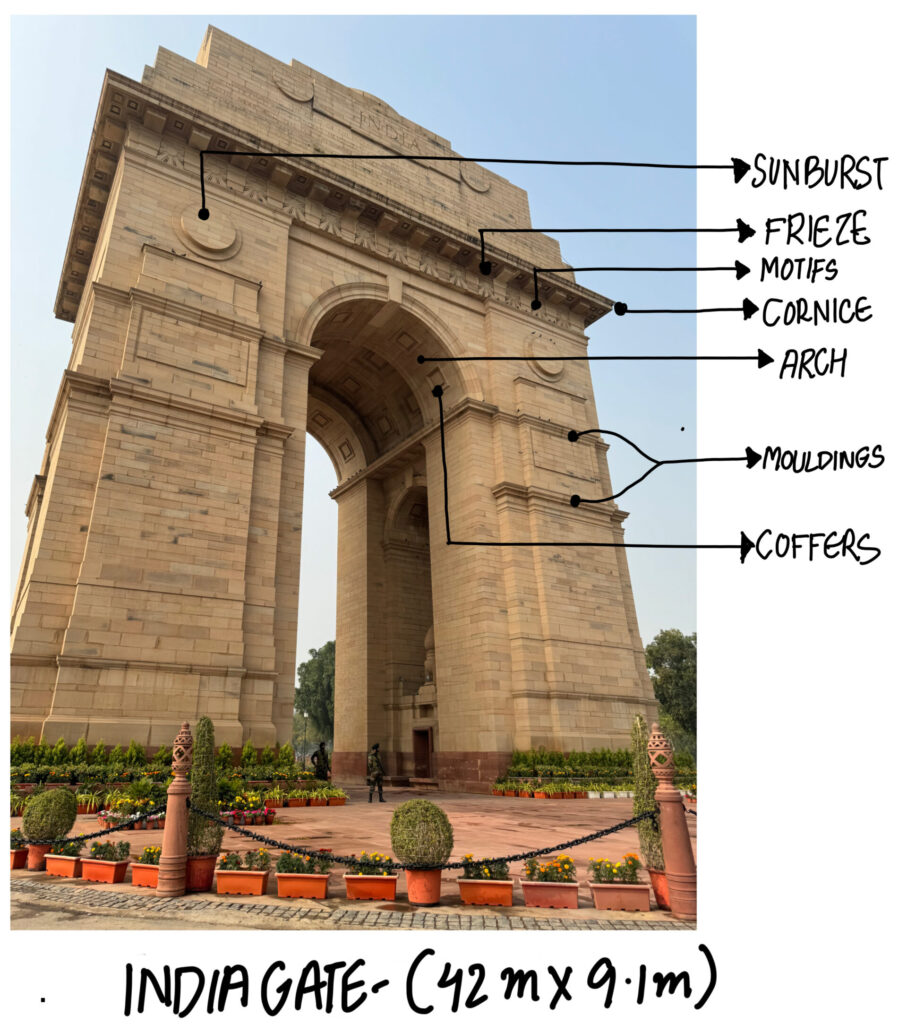
India Gate is a grand archway, standing at a height of 42 meters (approximately 138 feet). It bears a close resemblance to the Arc de Triomphe in Paris and was designed in a classical European style. Constructed in red and yellow sandstone and granite, the structure exudes both strength and elegance.
The arch is engraved with the word INDIA on both sides and the names of more than 13,000 soldiers who died in wars. The overall architecture is a blend of solemnity and grandeur, which befits its purpose as a war memorial. The base of the arch is supported by four large pylons, and the entire structure is symmetrical and proportionate, symbolizing balance and harmony.
At night, India Gate is beautifully lit with spotlights that accentuate its majestic appearance. The lush green lawns surrounding the monument enhance its charm and serve as a popular picnic spot for locals and tourists alike.
Amar Jawan Jyoti – The Flame of the Immortal Soldier
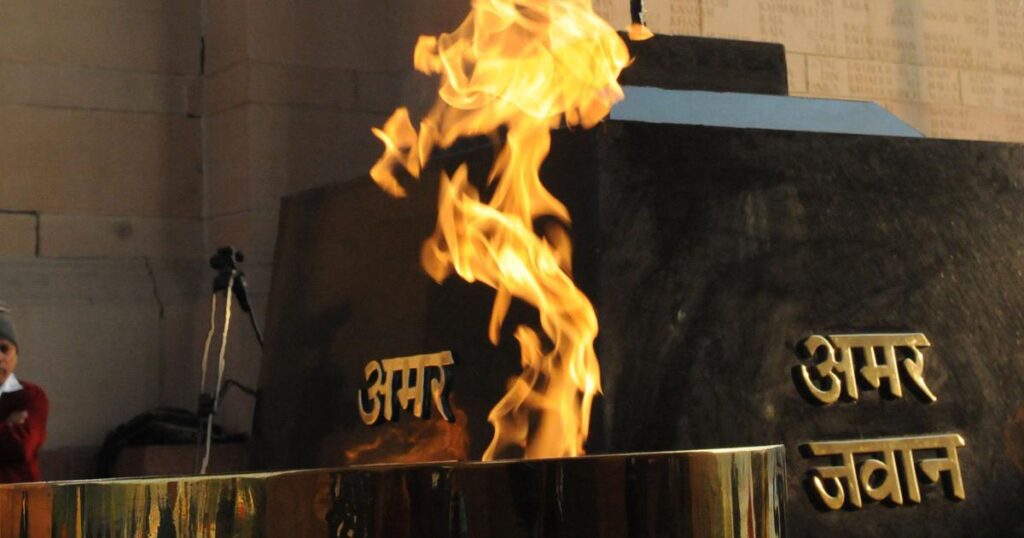
In 1971, after the Indo-Pakistani War, a simple structure was added under the India Gate to commemorate Indian soldiers who died in the war. Known as Amar Jawan Jyoti, which means “the Flame of the Immortal Soldier,” this eternal flame was inaugurated by then Prime Minister Indira Gandhi on January 26, 1972.
The structure consists of a black marble pedestal with a rifle placed on its barrel, topped by a soldier’s helmet. The flame burns continuously, representing the undying spirit of the soldiers who laid down their lives for the nation. The Amar Jawan Jyoti has become a central point of patriotic reverence and is visited by military personnel and political leaders, especially on Republic Day and Independence Day.
In 2022, the flame of Amar Jawan Jyoti was merged with the flame at the National War Memorial, which was inaugurated in 2019, located nearby. However, India Gate continues to be an iconic site of national remembrance.
Cultural and National Significance
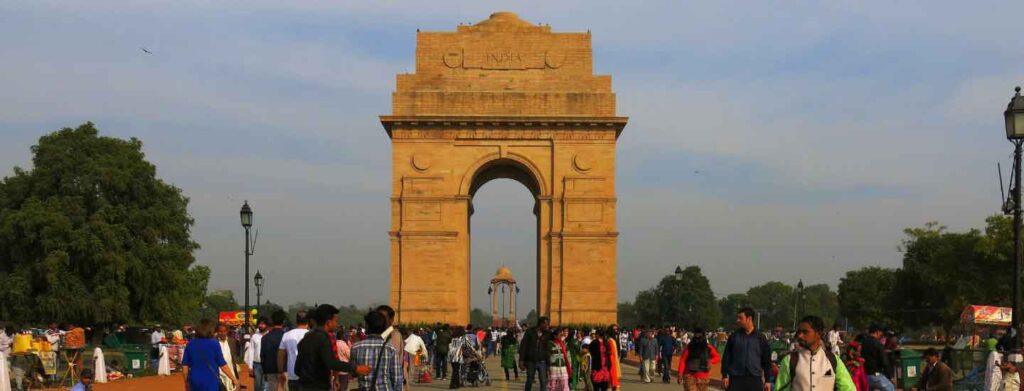
India Gate is not merely a tourist attraction or a beautiful monument; it is a living memory of the sacrifices made by Indian soldiers. Over the years, it has become a symbol of national pride and unity. The site is the venue for many important national events, including Republic Day celebrations.
Every year on January 26, a grand parade takes place that passes through India Gate, showcasing India’s military might and cultural diversity. The Prime Minister, President, and other dignitaries pay homage to the martyrs by laying wreaths at Amar Jawan Jyoti, reinforcing the nation’s gratitude towards its armed forces.
The location also attracts numerous visitors daily—tourists, students, photographers, and people from all walks of life who come to enjoy its beauty and reflect on its significance. Street vendors, ice cream carts, and families having picnics give the area a lively, festive atmosphere, blending history with everyday life.
India Gate in Literature and Media
India Gate has been mentioned and featured in various forms of literature, art, and cinema. Many Indian films have captured its majestic image, using it as a symbol of patriotism or as a backdrop for emotional and dramatic scenes.
Poets and writers have also drawn inspiration from the monument, describing it as a silent sentinel that guards the memories of fallen heroes. Its presence in modern literature often evokes themes of sacrifice, valor, and the passage of time.
Surrounding Attractions
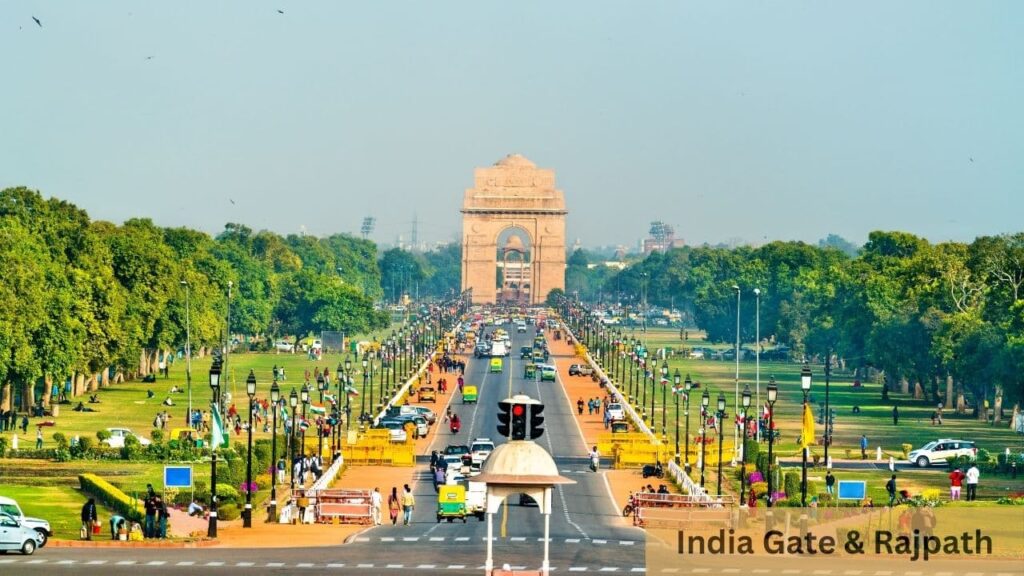
The area around India Gate is equally fascinating and rich with landmarks. Just a short walk away lies the Rajpath, a ceremonial boulevard that leads to Rashtrapati Bhavan, the residence of the President of India. The National Gallery of Modern Art, Children’s Park, and the National War Memorial are also located nearby, making India Gate part of a vibrant and culturally significant zone in New Delhi.
The National War Memorial, inaugurated in 2019, is a sprawling complex that pays homage to soldiers who died in post-independence wars. Designed in a circular layout, it features inscribed names of martyrs and eternal flames. The memorial enhances the role of India Gate in contemporary India, linking the legacy of colonial-era soldiers with modern-day heroes.
Night View and Tourist Experience
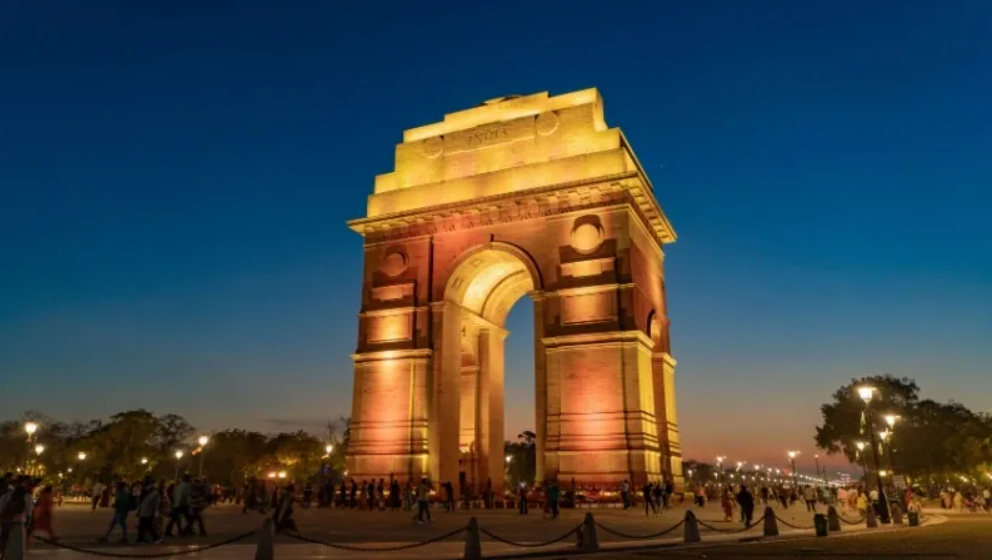
One of the most magical experiences at India Gate is during the evening hours. As the sun sets, the structure is bathed in golden light, and the area becomes cooler and more vibrant. Families stroll through the lawns, children fly kites, and visitors capture photos with the arch illuminated behind them.
The Ministry of Tourism ensures that the monument remains clean and well-maintained. With improved lighting, security, and nearby eateries, the experience of visiting India Gate is both safe and enjoyable.
Additionally, food trucks, cultural exhibitions, and street performances occasionally pop up near the monument, particularly on weekends and public holidays, giving visitors a taste of local flavor and talent.
Preservation and Challenges
Despite its iconic status, India Gate faces the usual challenges of urban pollution, heavy footfall, and environmental wear and tear. Authorities have taken several steps to preserve the monument, including cleaning initiatives, pollution control measures, and controlled visitor access in some areas.
In recent years, citizen awareness programs and campaigns have encouraged visitors to respect and protect the heritage of such important sites. Digital displays and guides have also been introduced to educate tourists about the monument’s history and importance.

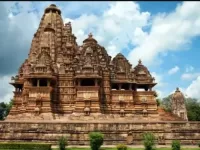



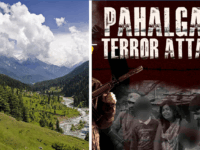
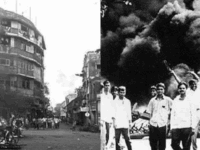



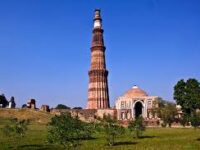












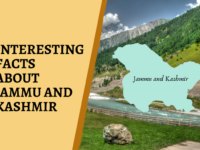
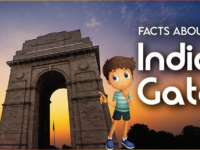




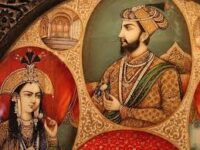










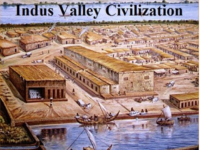











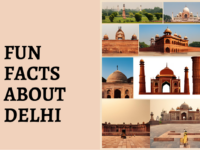


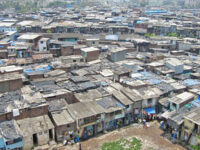

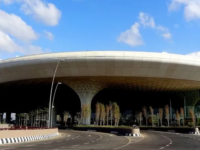









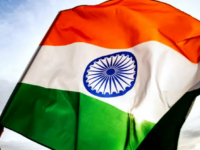


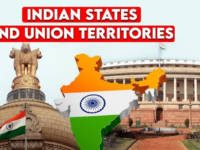


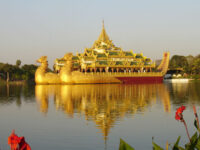




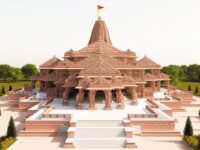








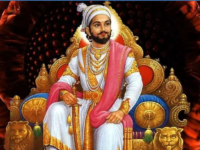














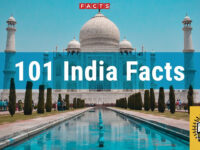
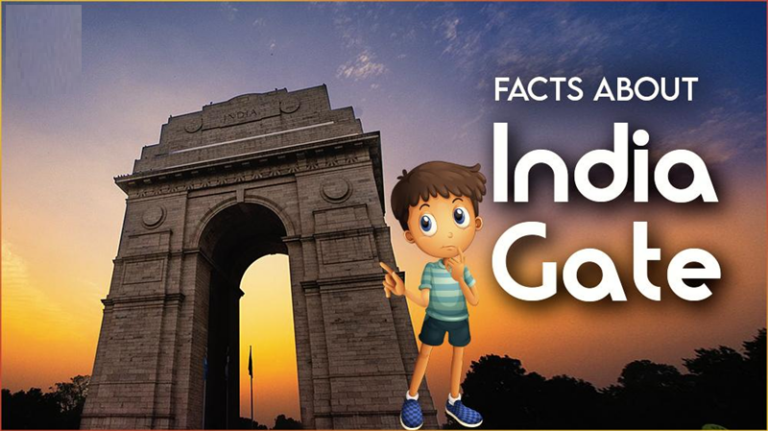
0 Comments